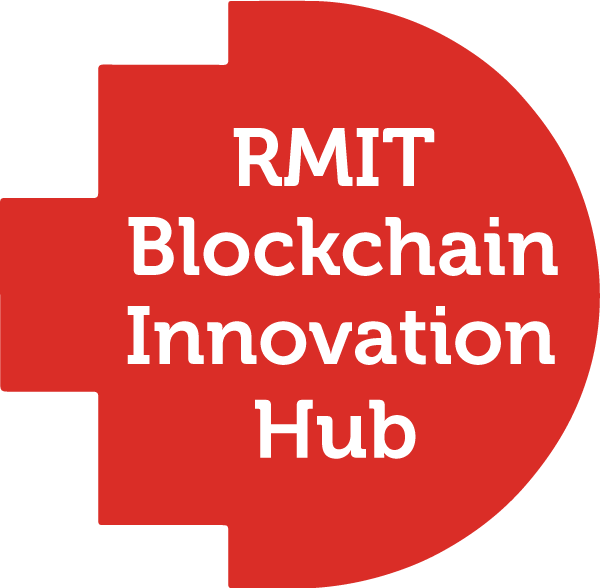Despite the ‘crypto winter’, the technology is here to stay
Australia needs to look beyond the low token prices and hold a serious inquiry into the global opportunities presented by blockchain and web3.
Opinion - Sinclair Davidson and Cesare Fracassi
Late last year, the Bragg Report suggested several important reforms to facilitate the development of a domestic crypto industry. To his credit, Senator Andrew Bragg continues to do good work in this space – he is introducing a private members bill to provide some regulatory structure to the industry. It is good to see that at least someone in Canberra has a sense of urgency. Similarly, writing in these pages John Henderson made an argument for crypto regulation based on consumer protection.
But wait – there’s so much more to the story.
Australia stands to massively benefit from this new technology and despite something of a “crypto winter” and low token prices, the fact is, the technology is not going away.
There have been astonishing improvements in information technology over the past 50 years or so. The precursor to the internet was invented in 1969 – now people can shop online, talk to friends around the world for free, and work from home. Similarly, bitcoin was invented in 2009 as a peer-to-peer electronic cash system using blockchain technology, a decentralised ledger.
We are a trading nation, and this technology supercluster is specifically designed to facilitate and promote trade.
Blockchain is merely the tip of the iceberg. There is a supercluster of digital technology that has been quietly developed while many observers have been distracted by the “Is bitcoin money?” debate and schadenfreude over excessive volatility.
Over the past few years, the base-layer infrastructure for a digital economy, including internet-native institutions for money and payments systems, asset registries and exchanges, finance and contracting, and so on have been built. These new technologies, including cryptocurrencies, smart contracts and digital signatures, are called Web3. They are highly complementary with other types of digital business automation, including cloud and big data analytics, machine learning, internet of things, hardware automation and low latency communication networks.
Tsunami of creative destruction
The world is staring down at a tsunami of creative destruction. In the same way the industrial revolution changed the world for the better, so too the digital revolution will leave the world looking very different.
This is not only a challenge for a small open economy such as Australia – our comparative advantage is in primary good exports and sophisticated service exports – but it is also a remarkable opportunity. We are a trading nation, and this technology supercluster is specifically designed to facilitate and promote trade.
Furthermore, Australia has a credible history of adopting institutional changes to changing technology and environments. The 1981 Campbell committee report (and the 1996 Wallis Inquiry and 2014 Murray Inquiry) set up and carried forward major reforms of Australia’s financial system. The 1993 Hilmer report investigated and drove much-needed reform in Australia’s approach to competition law. These deep and considered reforms brought long periods of prosperity to Australia.
Now is the time to continue that long tradition with a serious inquiry into blockchain and web3 technologies.
To be fair, the last government made a start on this process with the Bragg report and the new government is still settling in and dealing with the economic fallout of the pandemic. Nonetheless, 2023 will soon be upon us.
The digital revolution builds on Australian strengths. We are relatively wealthy, highly educated, with high-quality public institutions – a competent civil service, political stability, and low corruption – and high-quality business and economic credentials. Many premium good supply chains originate in Australia or carry Australian goods and services.
Blockchain and web3 technology provide the opportunity for Australia to export our high-quality institutions and rule-based trading ethos to the rest of the world and, at the very least, to our trading partners. This expands the scope of Australian comparative advantage and the improved information flows should also result in Australian primary producers capturing more of the value chain. This is genuinely win-win.
Mind you, we will also need to rethink the structure of our own economy. We have already experienced the astonishing changes that working from home have brought to business practices. We can expect more changes like that – let’s at least give a lot of serious thought to what those changes could be. How will they impact employment? Can we expect to see more of a gig-style economy? What are the implications for superannuation?
The digital revolution will also affect government and government operations. A lack of serious thought gave rise to the RoboDebt debacle. Technology is supposed to make our lives easier, but sloppy processes and a lack of transparency will not achieve that goal.
Fully embracing the digital revolution will secure Australia’s future for the 21st century. There is a lot of work to be done.
Sinclair Davidson is a Professor of Economics at the RMIT Blockchain Innovation Hub.
Cesare Fracassi is Associate Professor and Director at the Blockchain Initiative at the University of Texas at Austin, he is also Director of Economic Research and Chief Economist of the Coinbase Institute.
